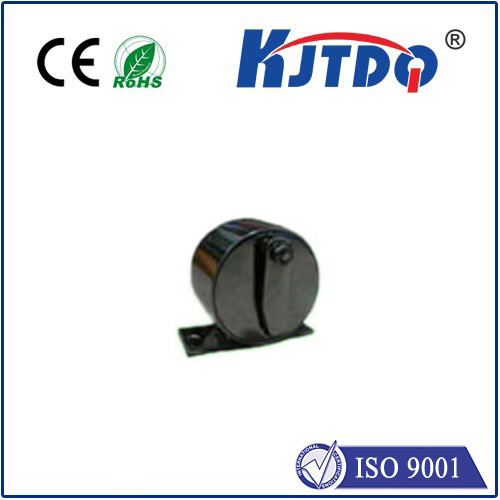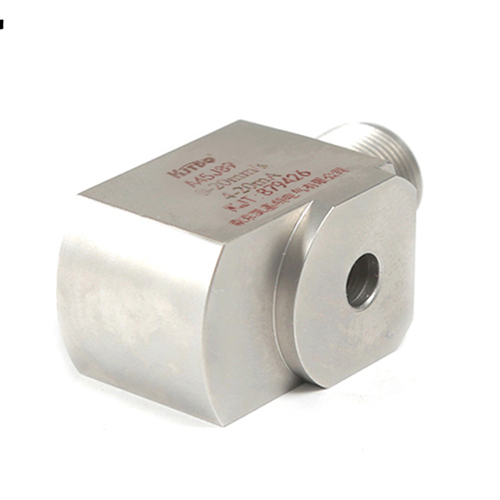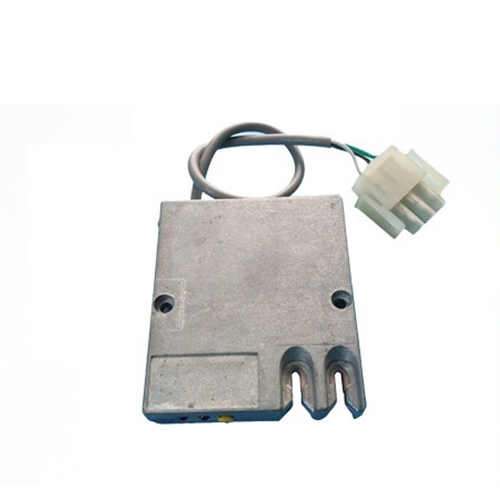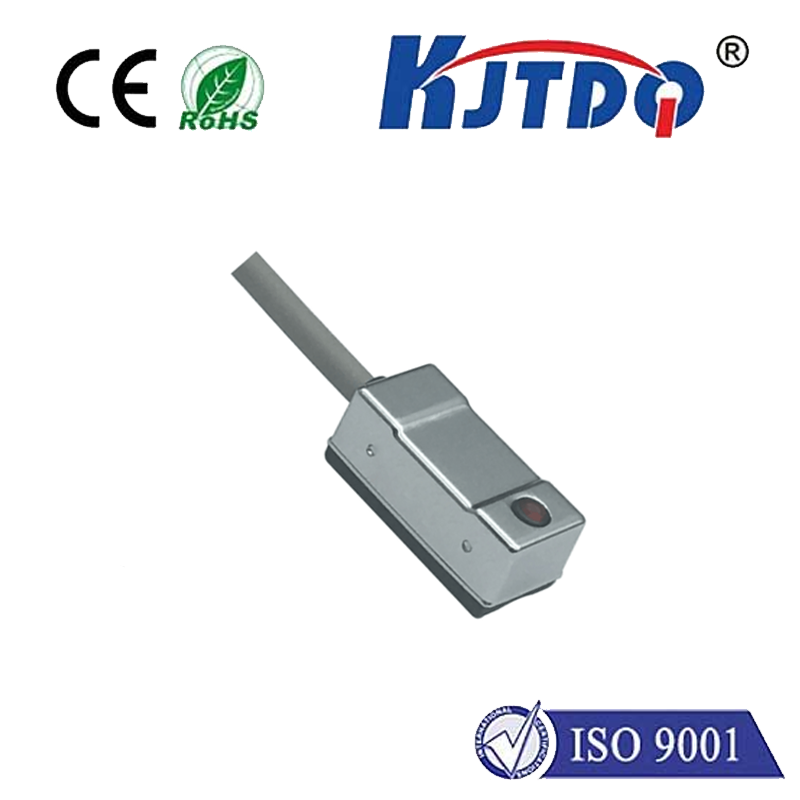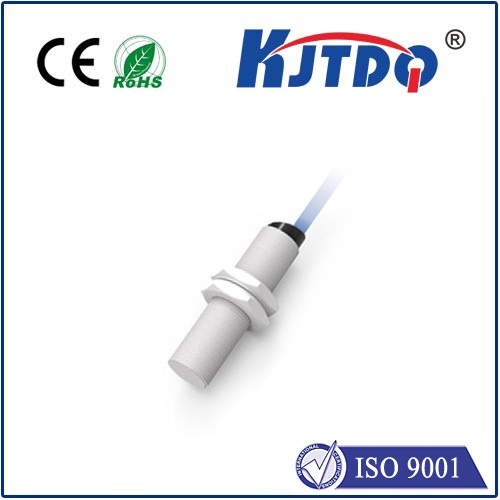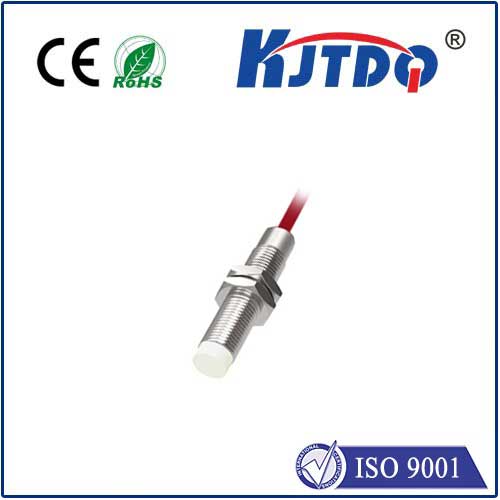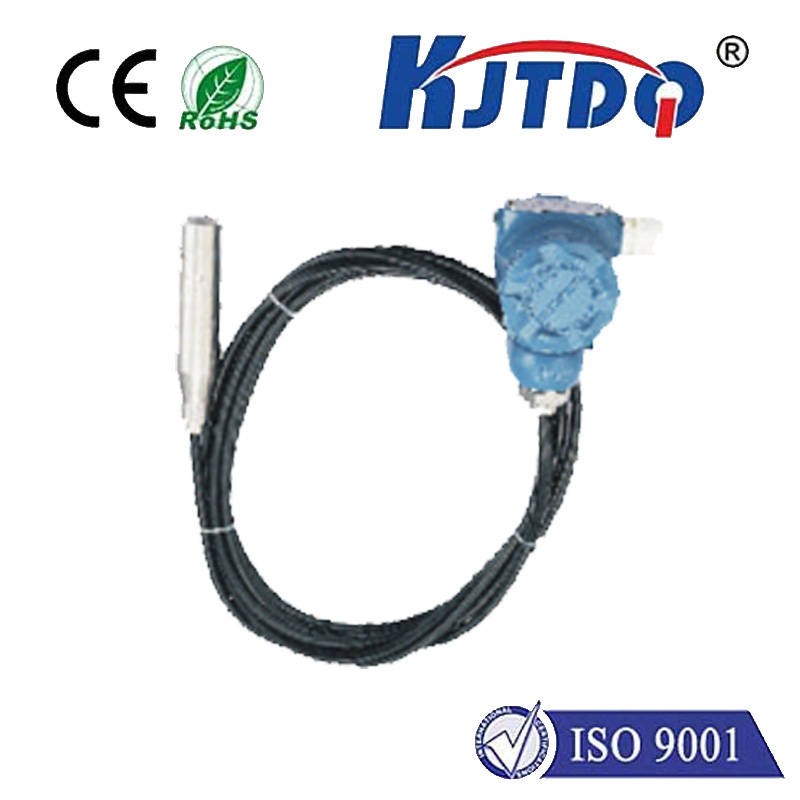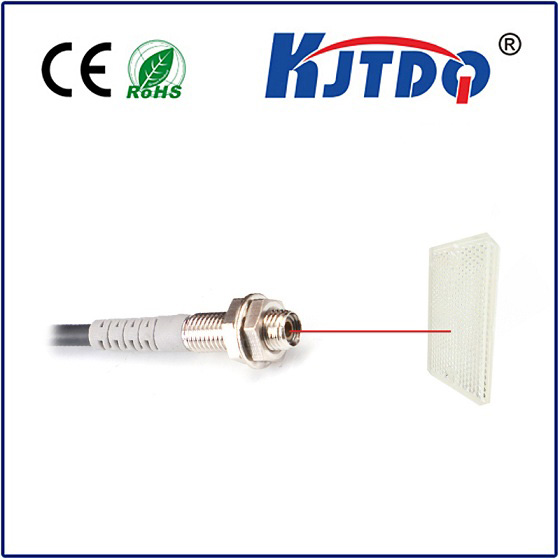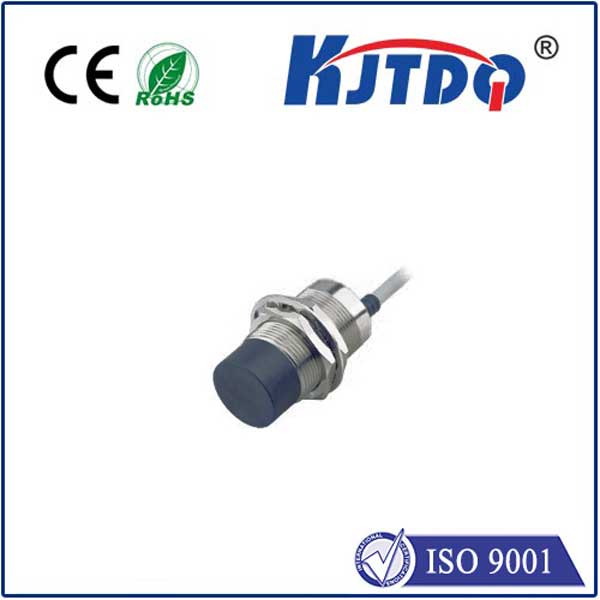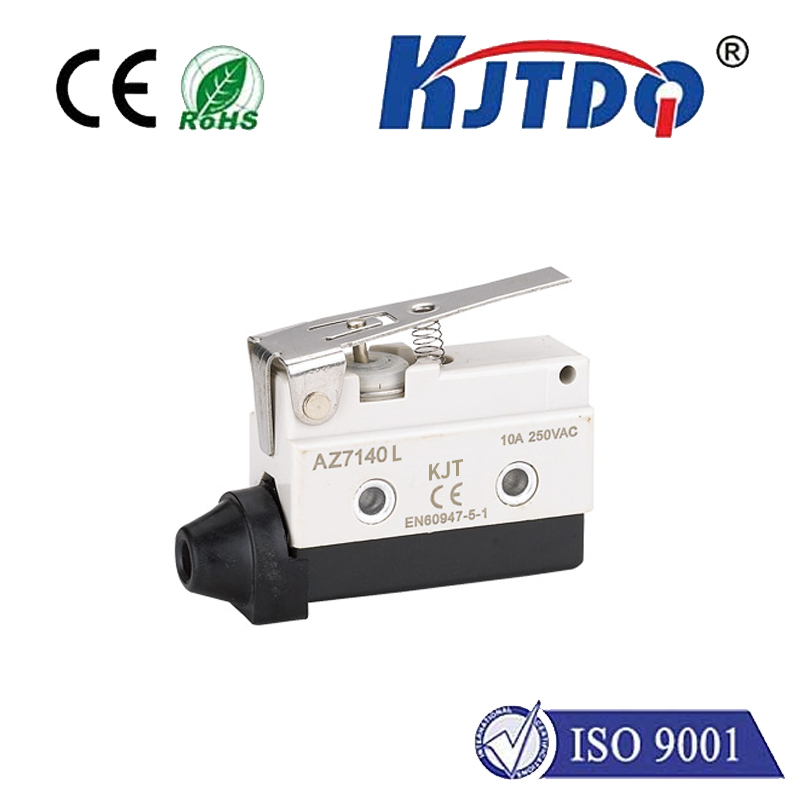

check

check

check

check
Imagine a critical piece of heavy machinery operating deep within a hydraulic press, submerged in cutting fluids, or enduring the relentless forces inside a high-pressure injection molding machine. A single sensor failure in these punishing conditions can mean catastrophic downtime, costly repairs, and significant safety hazards. This is precisely the high-stakes environment where standard sensors falter, and where the BES01RJ high pressure proximity sensor steps in as a vital guardian of performance and safety. Designed to thrive where others cannot, this sensor exemplifies resilience and precision under extreme duress.
Proximity sensors, at their core, detect the presence or absence of objects without physical contact, typically using inductive, capacitive, or magnetic principles. They are ubiquitous in automation, providing essential feedback for control systems. However, the defining challenge addressed by the BES01RJ is high pressure. Standard sensors may function adequately at atmospheric pressure, but introduce high fluid pressure – common in hydraulics, deep-sea equipment, chemical processing, or oil and gas applications – and their seals can fail, housings deform, and internal electronics succumb to stress-induced malfunctions.

The BES01RJ high pressure proximity sensor is engineered from the ground up to conquer these challenges. Its core strength lies in its exceptional pressure tolerance. While specific ratings depend on the exact variant and installation, sensors like the BES01RJ family are often capable of withstanding pressures reaching hundreds or even thousands of bar – far exceeding the capabilities of conventional proximity switches. This is achieved through several critical design features:
The real-world impact of this engineering is profound. Consider a hydraulic press used in automotive manufacturing. Cylinders operate at pressures exceeding 300 bar. A standard proximity sensor monitoring piston position could easily fail under this load, leading to uncontrolled movements, potential damage to expensive molds, and production stoppages. Installing the BES01RJ high pressure proximity sensor, designed to handle such pressures, provides continuous, reliable position feedback, ensuring precise control, preventing accidents, and maximizing uptime. Similarly, in deep-sea robotics, submersible pumps, or high-pressure chemical reactors, the BES01RJ provides the dependable sensing backbone essential for operational safety and efficiency.
Industries demanding unwavering reliability under immense physical stress benefit significantly. This includes:
Selecting the right high pressure proximity sensor is crucial. While the BES01RJ designation points towards a specific family renowned for this capability, factors like the required pressure rating (both static and dynamic peak pressures), temperature range, sensing distance, target material, electrical output type (NPN/PNP, NO/NC), and required ingress protection (IP rating) must be carefully matched to the application. Consulting manufacturer datasheets and technical support for the precise BES01RJ variant is essential to ensure optimal performance and longevity in the target environment.
Beyond simply surviving, the BES01RJ high pressure proximity sensor delivers uncompromised performance and longevity. Its robust construction translates directly into reduced maintenance costs – fewer sensor replacements mean less downtime and lower parts expenditure. More importantly, it significantly enhances operational safety. Reliable detection in critical high-pressure zones prevents malfunction scenarios that could lead to equipment damage or personnel injury. The confidence that sensors will perform consistently, even under the most demanding physical loads, allows engineers to push the boundaries of what their machinery can achieve. In industries where pressure is not just a factor but the defining characteristic of the operating environment, deploying purpose-built sensors like the BES01RJ is not merely an option; it’s an operational imperative, ensuring processes run smoothly, safely, and efficiently, day in and day out.
